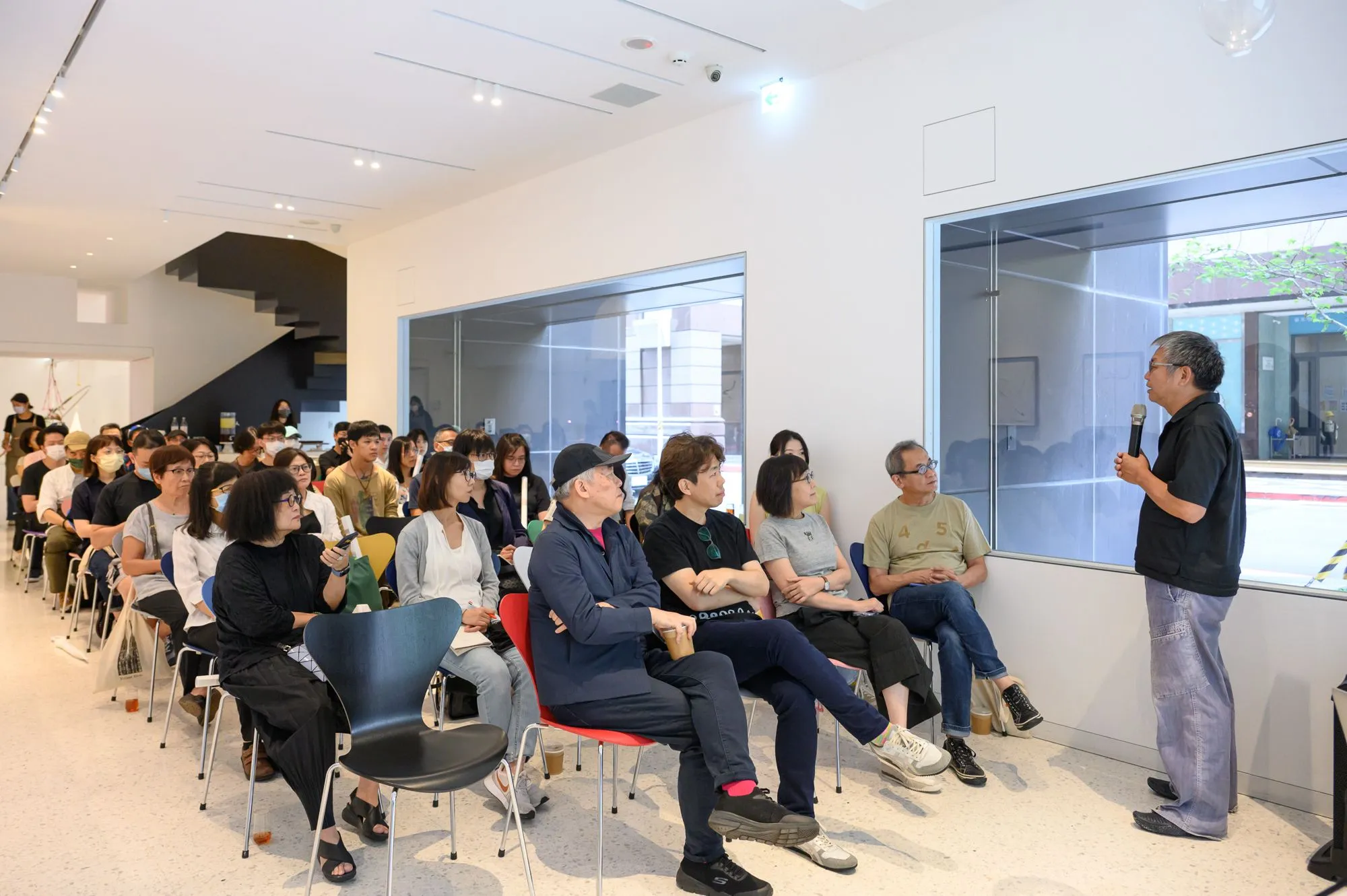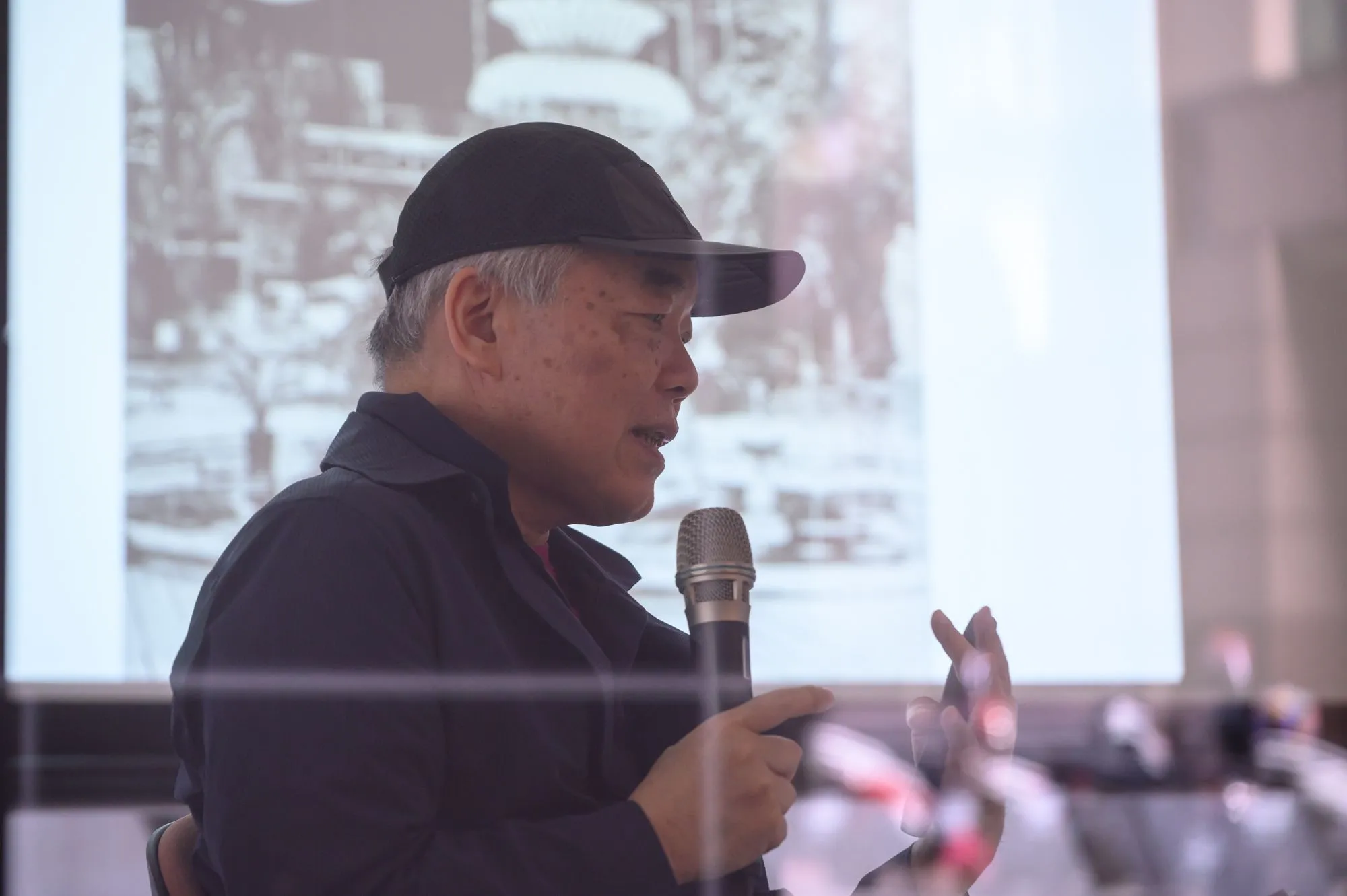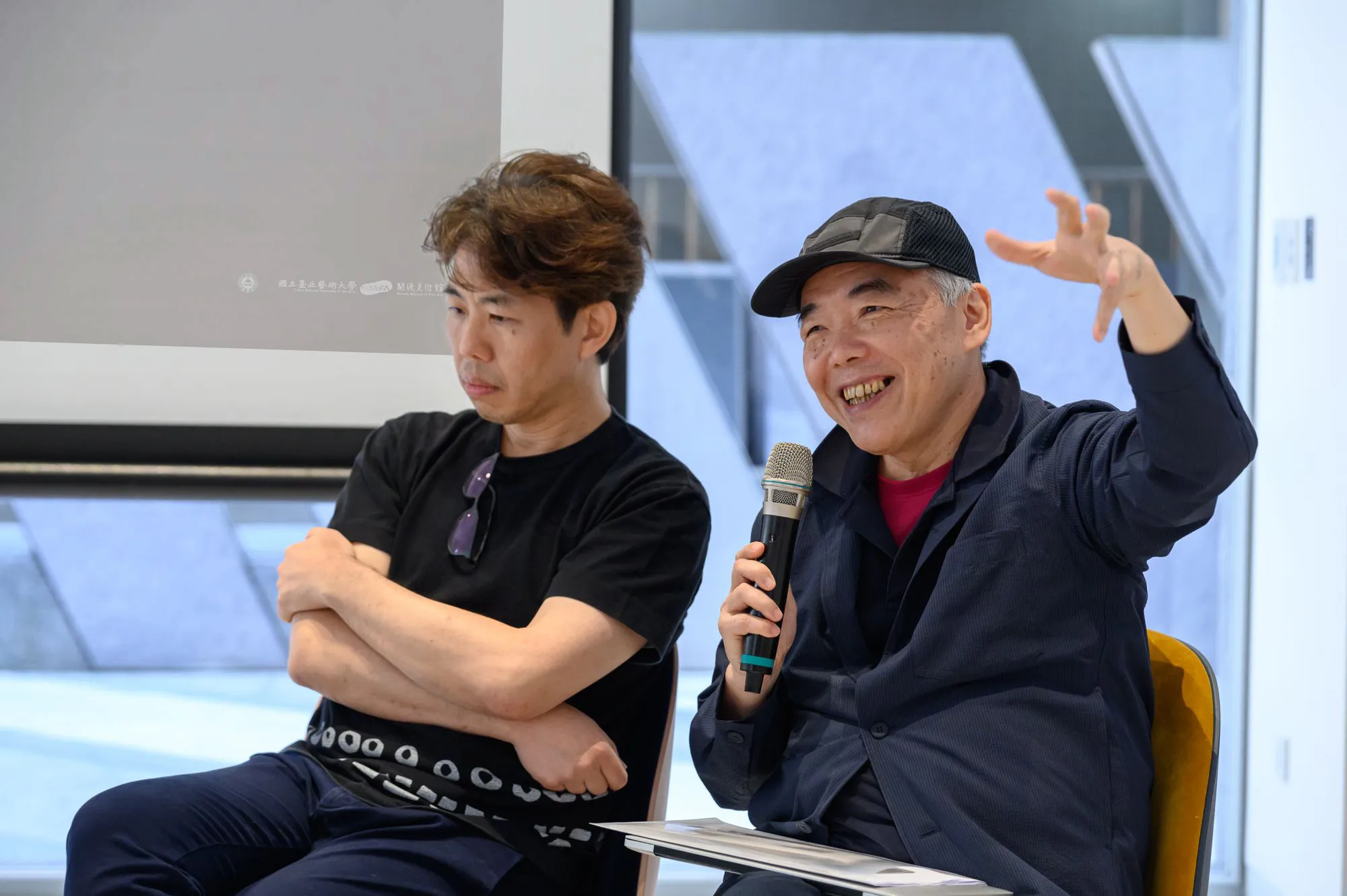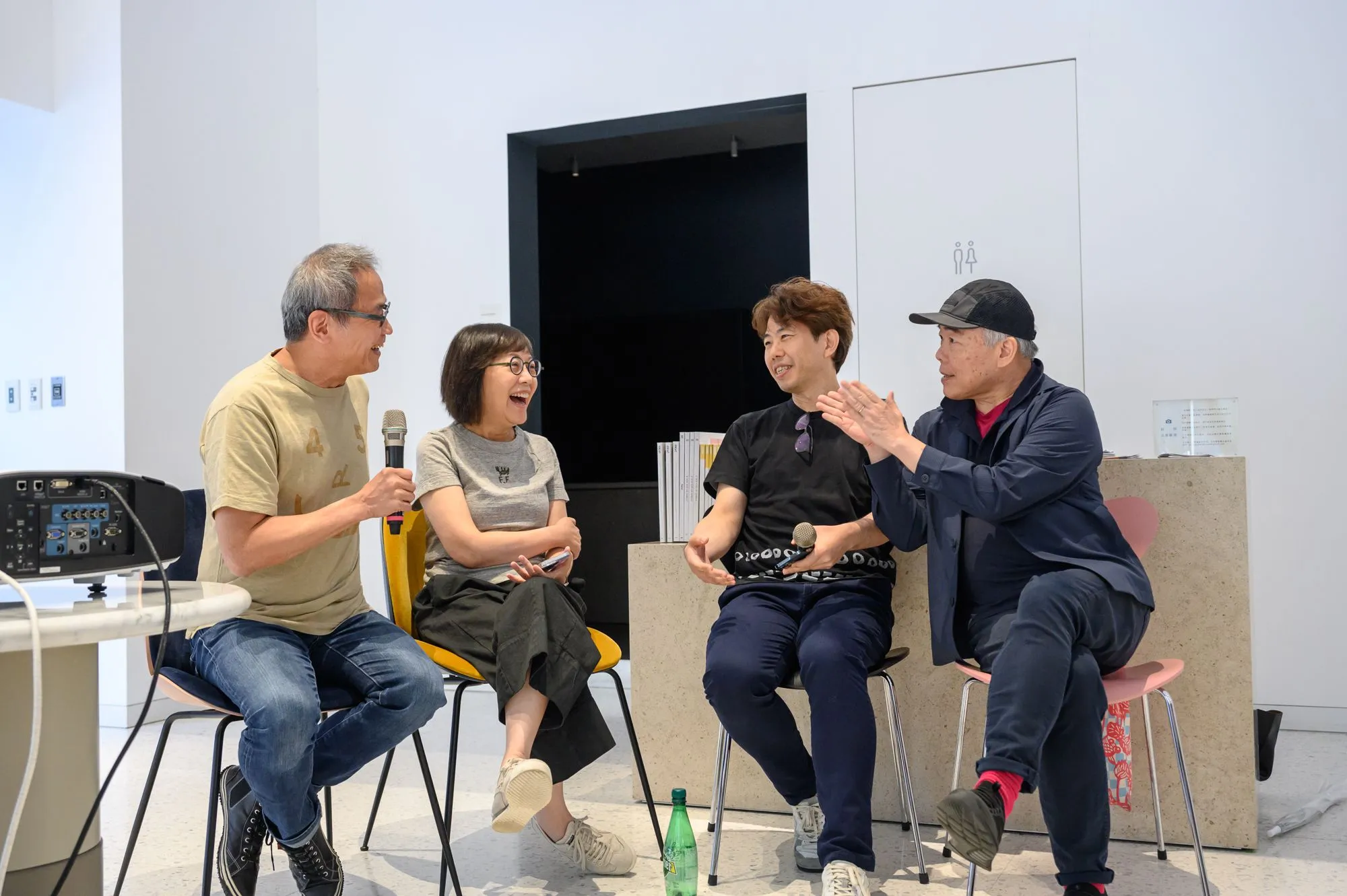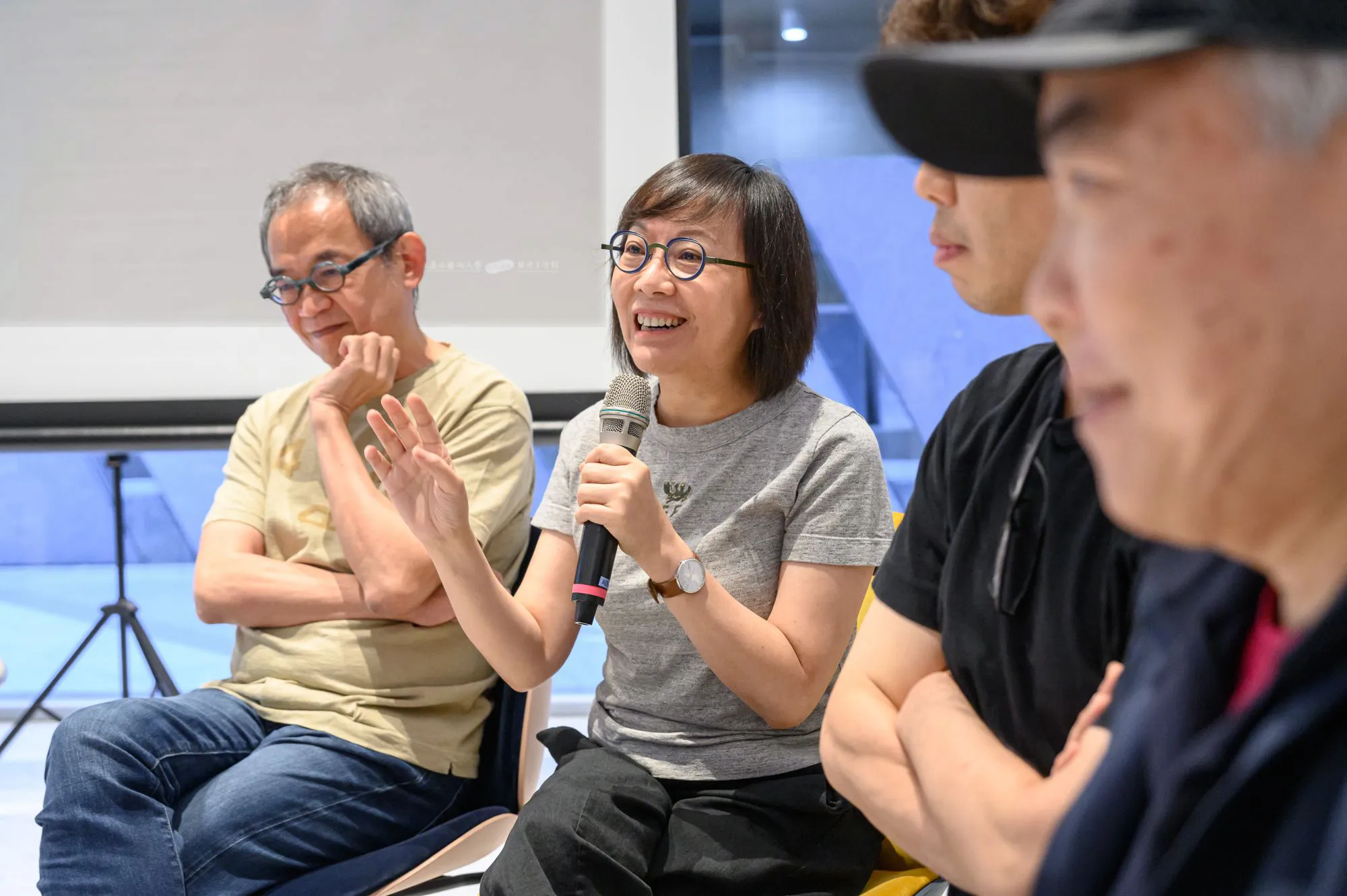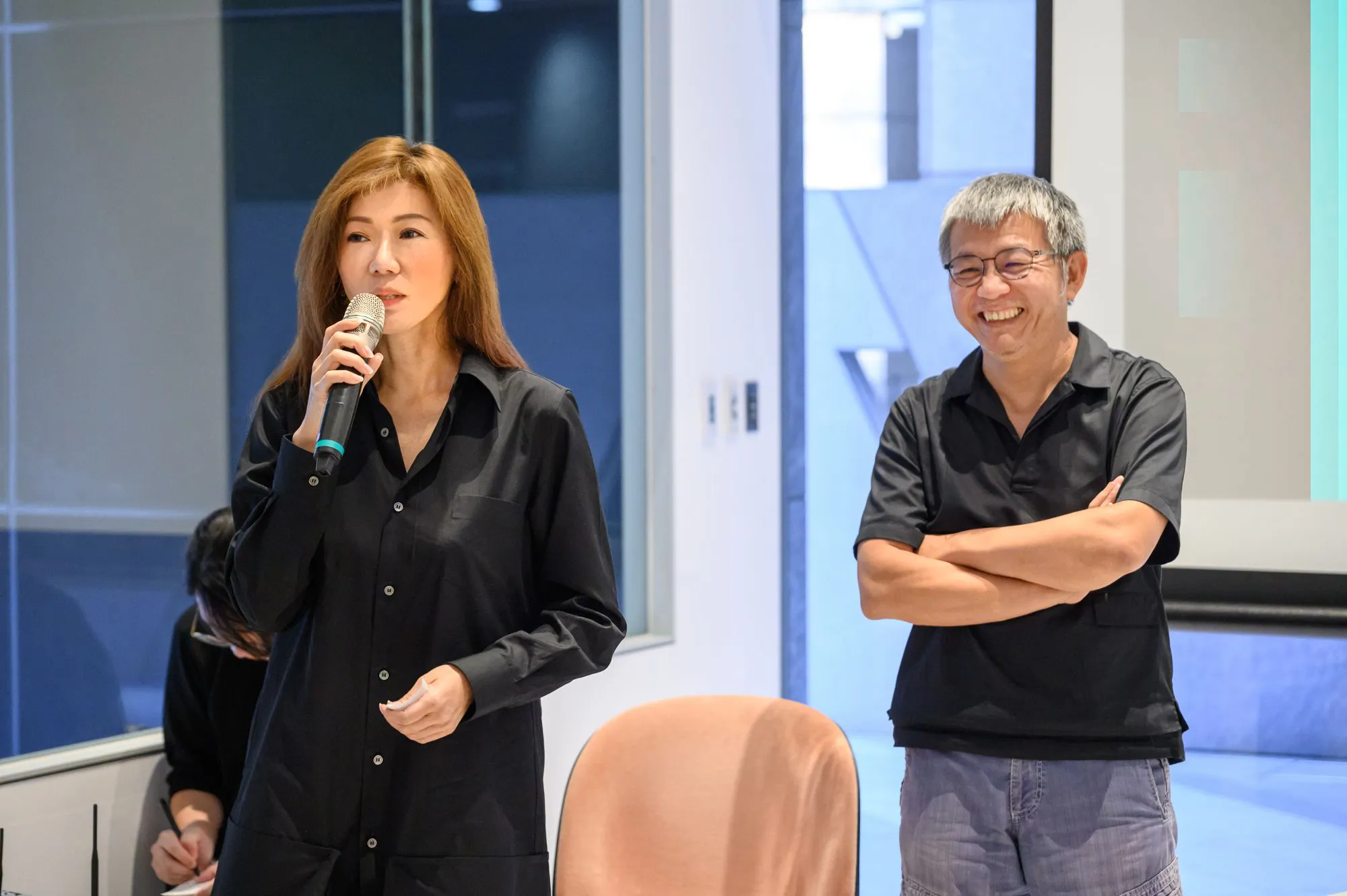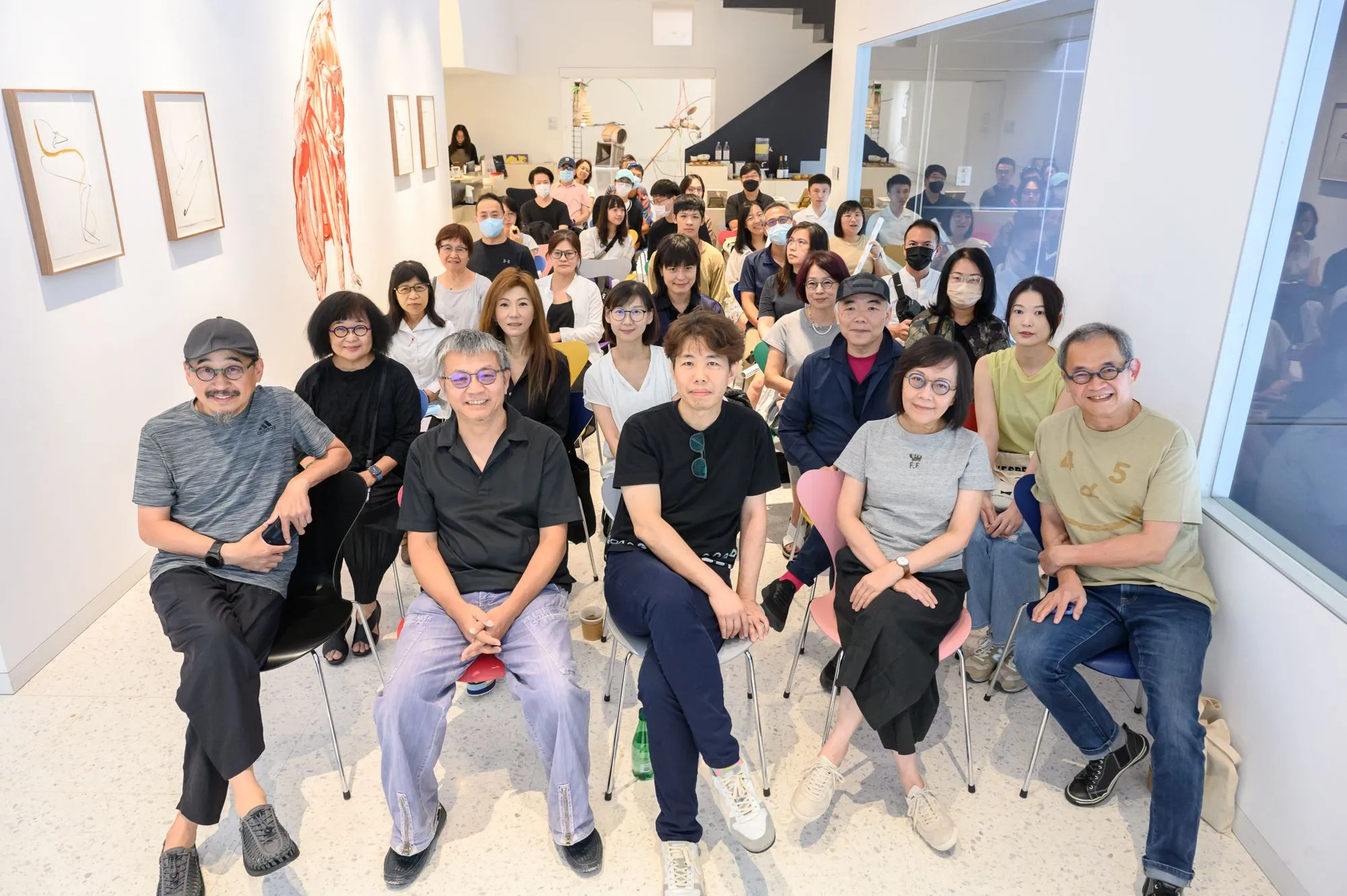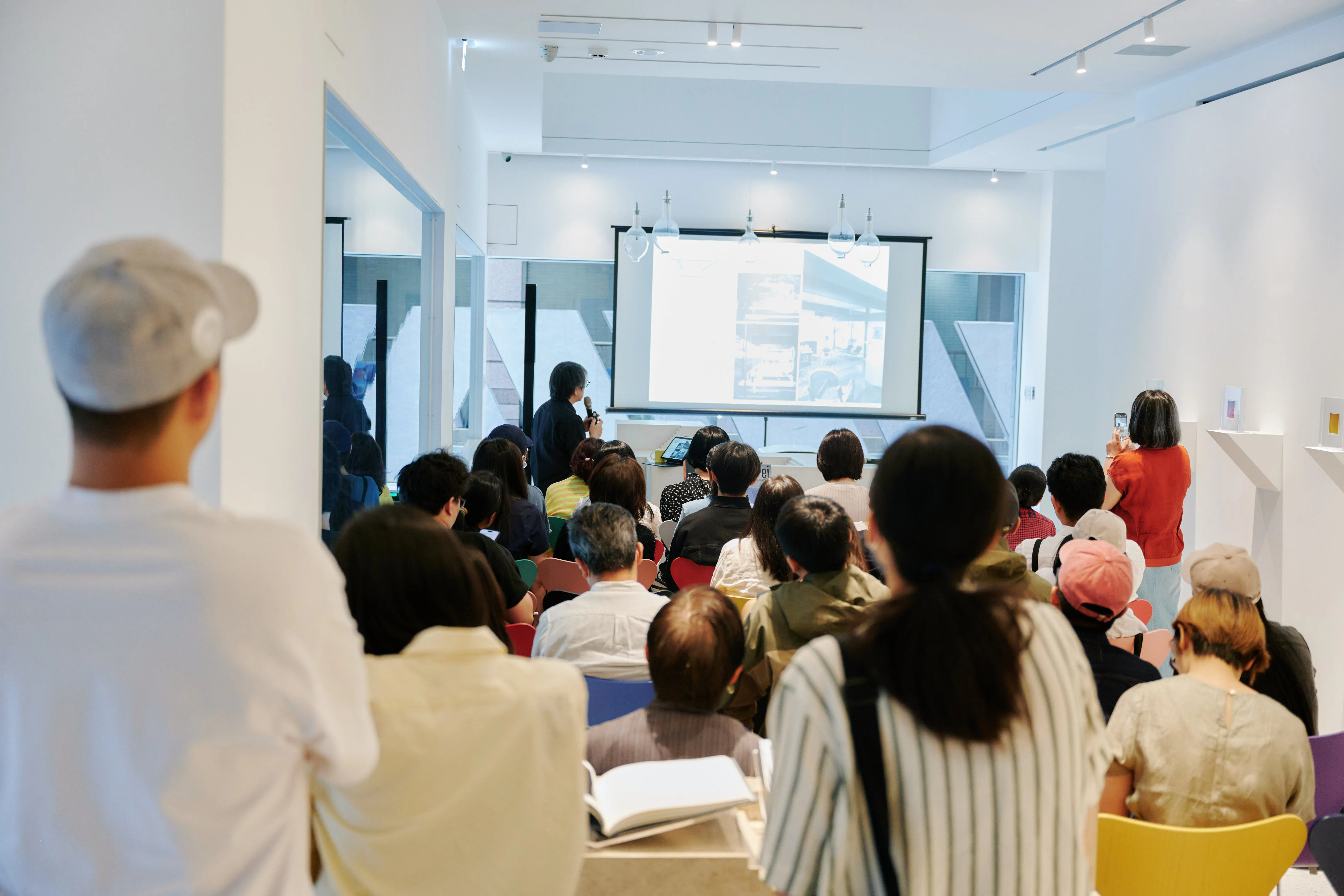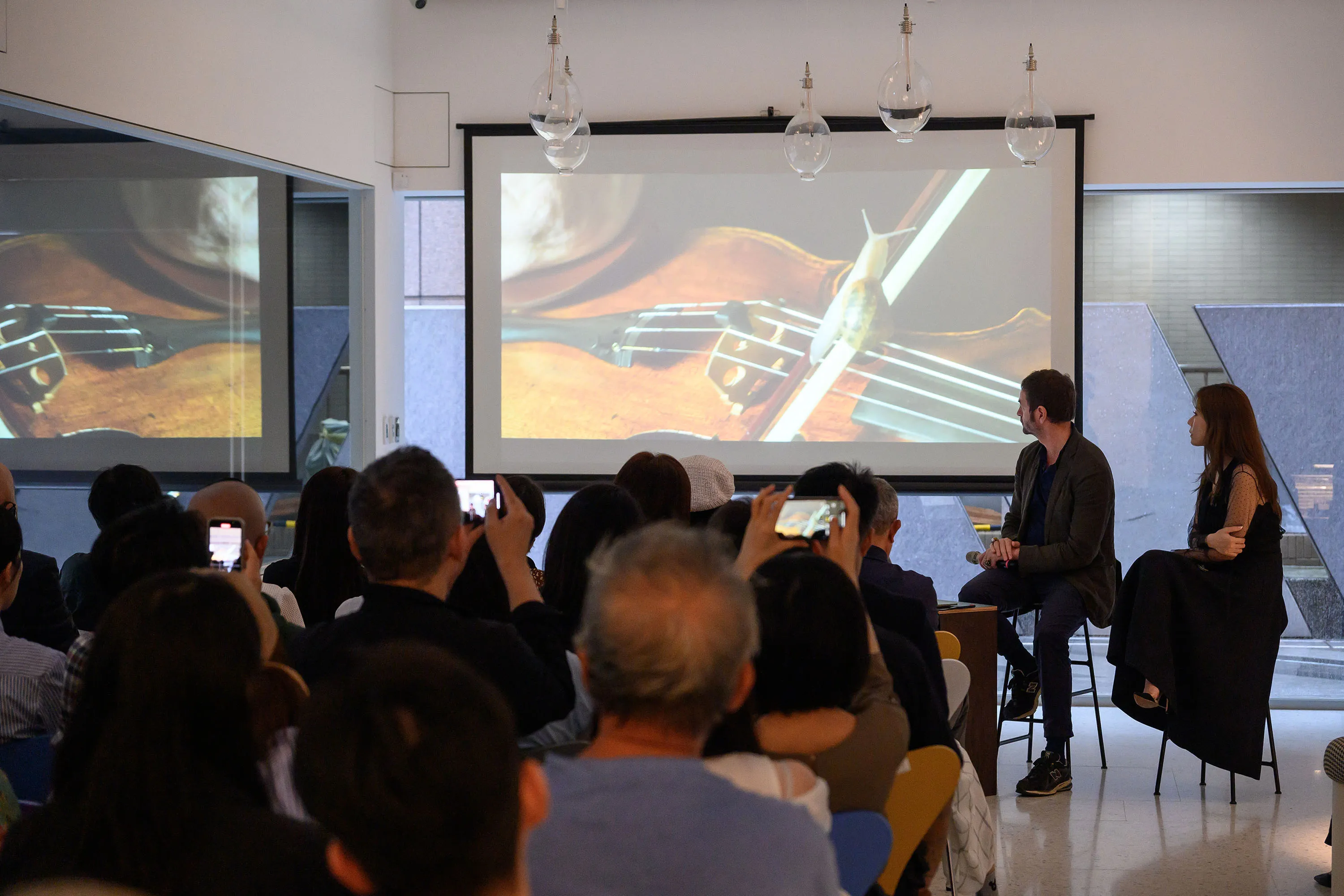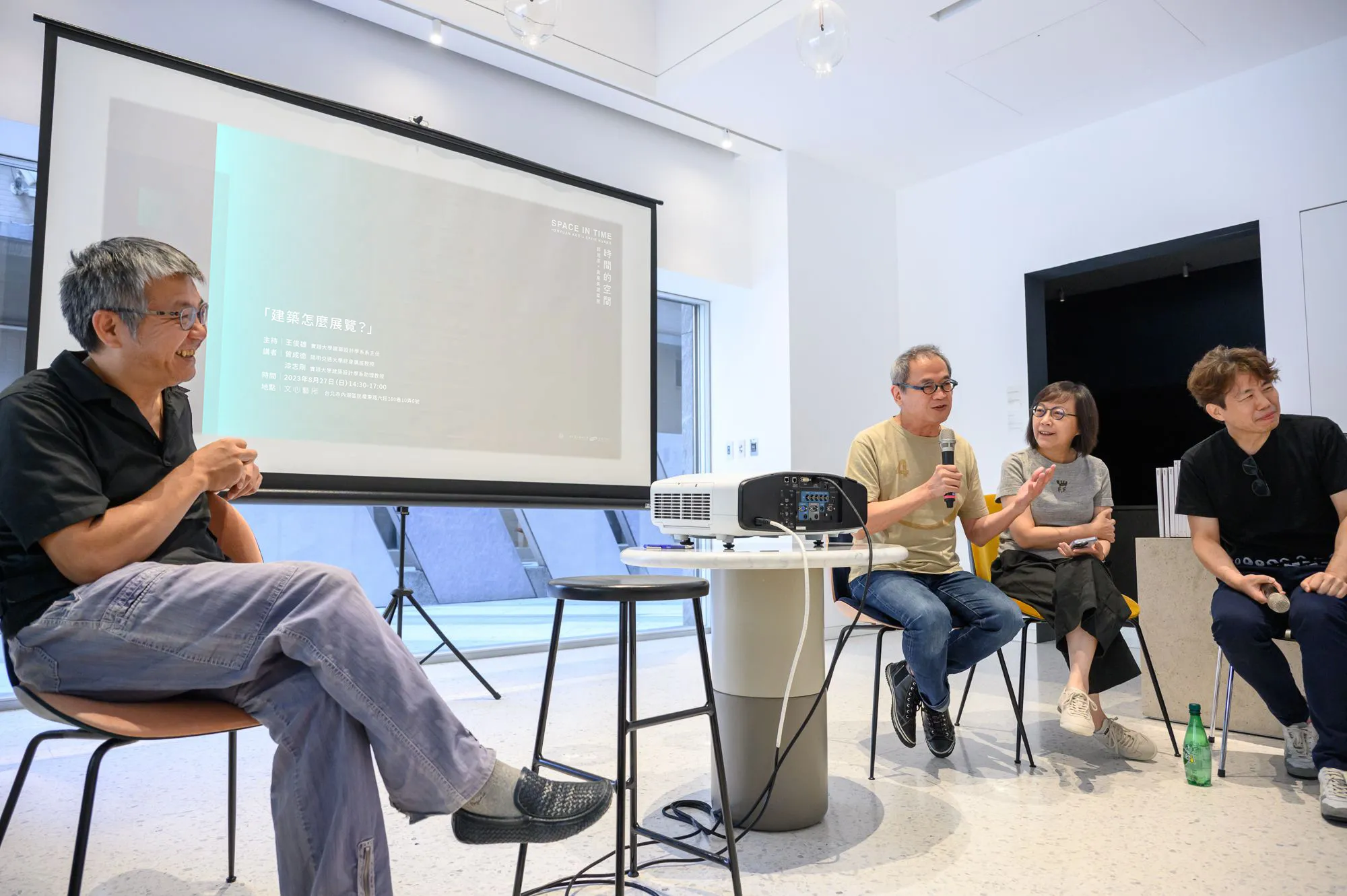
Architecture Salon| How to Represent Architecture in Exhibitions?
Speakers
C. David Tseng/ Distinguished Chair Professor, National Yang Ming Chiao Tung University
Jr-Gang Chi/ Assistant Professor of the Department of Architecture, Shih Chien University
Host
Chun-Hsiung Wang Director, Department of Architectural Design, Shih Chien University
Location
Winsing Art Place (No. 6, Lane 10, Lane 180, Section 6, Section 6, Minquan East Road, Neihu District, Taipei City)
Fee
Free admission, prior registration is required (successful registration and attendance of the speaker will receive a limited edition of the exhibition poster)
Introduction
Architecture is about the subject's experience of space in time.
Through the movement of our bodies through space, people are indeed connected to buildings;
And movement is the body in time, and time makes space come alive.
Guo Xuhuan and Huang Hui-mei took a deep dive into the design methodology of contemporary Taiwanese urban architecture through the exhibition “Space of Time” and refocused the user experience of the building. The exhibition includes their architectural creations from the past 25 years, where the two never found an opportunity to wake up from the delay of everyday life that rotates day after day. Creating the image of tiny but impossibly brilliant spaces in urban gaps revives the infinite possibilities of space over time and makes everyday life better.
Guo Xuhara and Huang Wai Mei are avid pursuers of this “space for time” and bold experimenters. Through arguments, quarrels, and even cold wars between them, but also through a process of mutual support, encouragement, and love, it creates a space for time and a connection between the viewers.
Exhibitions and extension lectures invite viewers to experience the meaning of living in a building from different points of view from historical, contemporary, spatial and even cultural perspectives.
Event Recap
Compared to other works of art that can be moved into museums, architecture is generally an immovable existence, let alone an exhibition space, so what is the point of trying to present such a presence in an exhibition? Especially when all the architectural works on display are in Taiwan, which we can easily reach, why don't we really get into that space for a more direct experience? When we walk into the “Space of Time” exhibition, we see models, images, images, text, space, which are clearly not simply to reproduce the architectural work itself, but the above issues need to be taken away from the essence of the exhibition. Speaker Tsang Tsang Tsang agreed with the curator of the exhibition, Wang Junhsiung: “Exhibition, or curation, is about sorting and reorganizing what is already there to reveal the meaning that curators want the public to understand. Architecture is not just architecture, it also contains the ideas behind creation and the social context; the exhibition is not only an important public education, it also defines an era's view of architecture and creates history from the exhibition itself. Through the feedback from the exhibition, architects who regularly design houses can become more aware of who they are and their relationship with this society. As a way of dialogue and transmission of ideas, the exhibition gradually draws closer to the distance between Taiwanese society and architecture over the course of the twenty years, and perhaps one day it can become a recognition. Same with culture.
